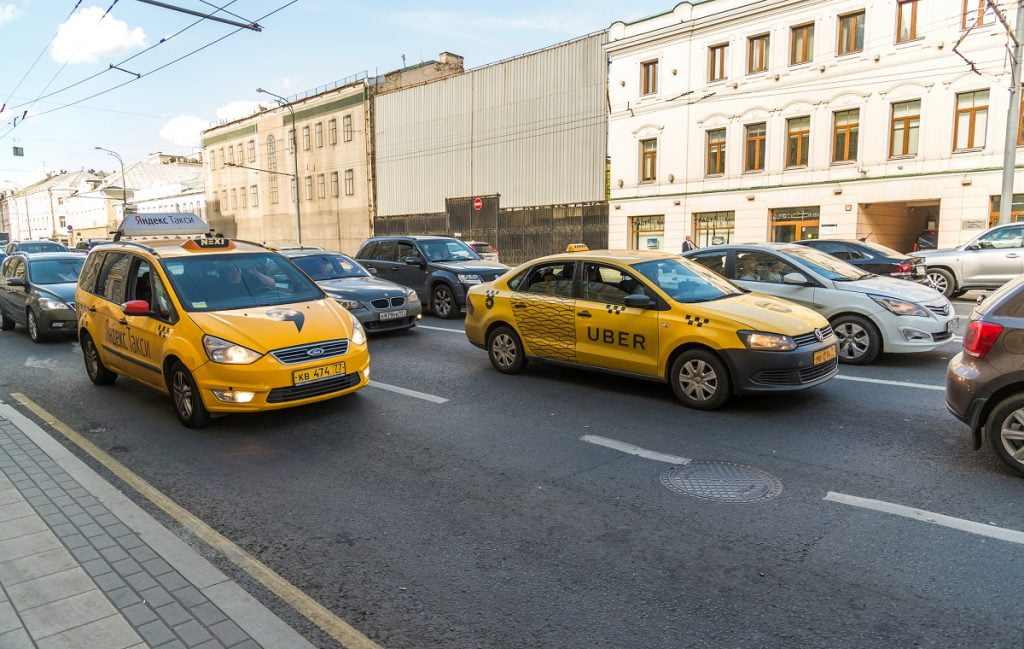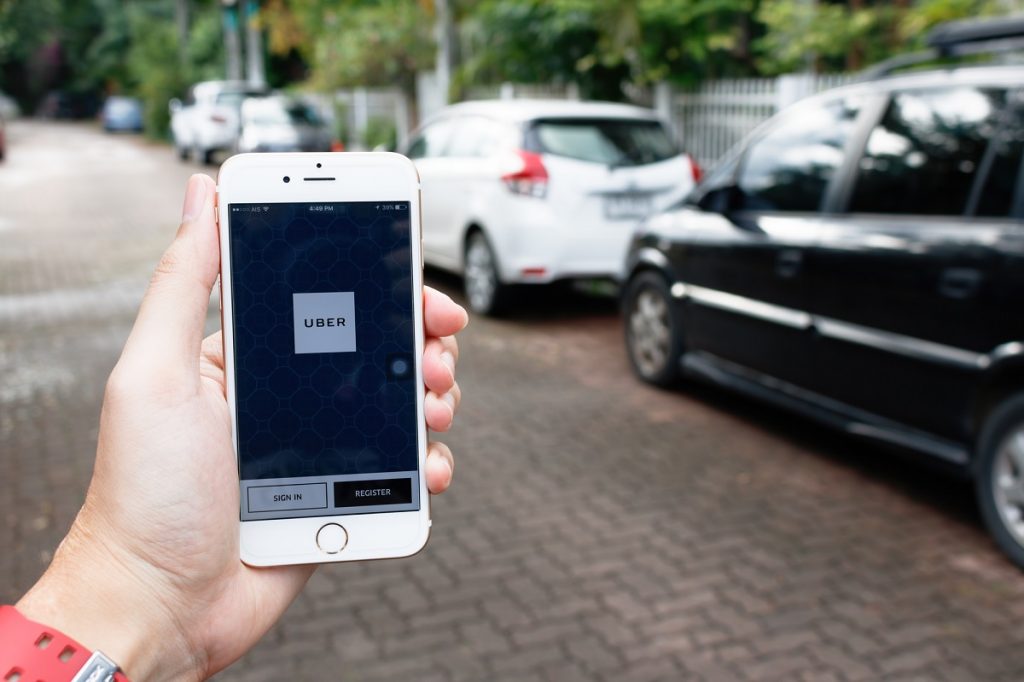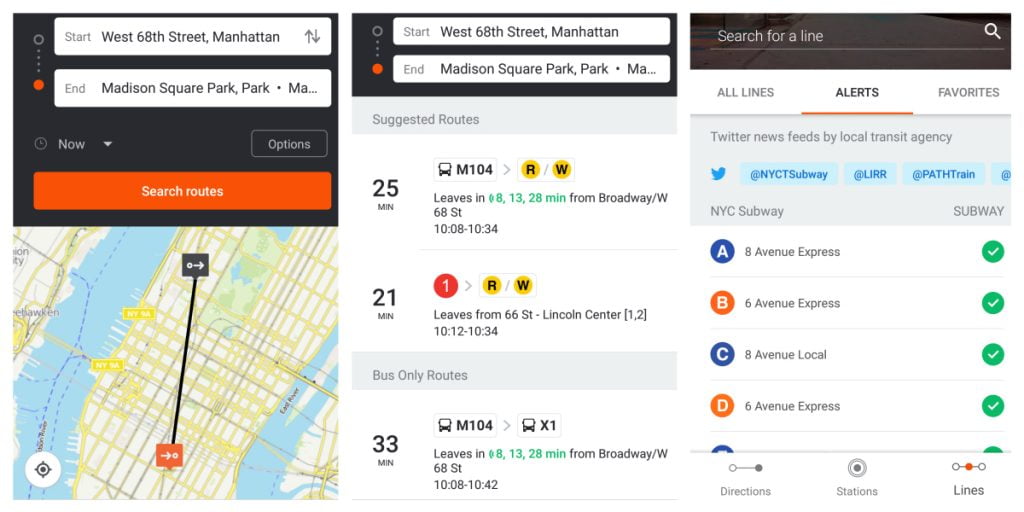Transportation giant Uber announced a brand new partnership with the Israeli-founded public transit tech company Moovit this past weekend, one that will offer Uber users public transportation options as a new feature.
Uber will be integrating Moovit’s transit APIs into its app, with a first launch in Denver, Colorado where riders will be able to plan their transit journey with real-time information and end-to-end directions. Uber plans to expand into other US cities in the coming months.
“As we move towards our vision of becoming a one-stop shop for transportation in your city, our riders need the right option available at their fingertips for every trip,” wrote David Reich, Head of Transit at Uber.
SEE ALSO: Moovit-Mobileye Partnership Signals New Era For Urban Mobility
“Many times, it can be faster or cheaper to take public transportation than any other form of travel, and we want to give our riders a seamless way to access that option right from our app,” he said.
Moovit provides real-time information on the fastest public transportation routes (buses, trains and underground), is available in dozens of languages and has 350 million users in 88 countries with expectations to surpass 1 billion users by 2021. It’s commonly been referred to as the “Waze for public transport,” in reference to the Israeli-founded company that developed a crowdsourced navigation system, bought by Google in 2013 for over $1 billion.
Moovit also operates the world’s largest repository of transit data from over 7,000 transit agencies and sells analytics to municipalities and public transport operators through its Smart Transit Suite, a platform that provides real-time information on people movement, optimal routes, wait times, locations of buses and trains and other data for network managing. Moovit says it generates more than a billion movement data points a day with crowdsourcing from users and thousands of local editors spread across the world.
With the new partnership, Uber riders using the app will enter their destination and see a “transit” option available next to other available transportation options in their city. When selected, they’ll be able to view available transit routes that will get them to their destination, along with departure and travel times, and receive walking directions to/from the transit stations, Moovit said in a statement.
Sign up for our free weekly newsletter
Subscribe
Uber in Moscow, 2017. Deposit Photos
Moovit co-founder and CEO Nir Erez said in a statement, “Uber is a visionary company that has fundamentally changed how people access mobility in cities around the world. Moovit is proud to partner with Uber now as it is expanding its consumer offering and adding transit trip planning options on its app.”
“Moovit’s mission is to simplify urban mobility all around the world and we want to be part of every urban ride in the next few years,” Erez said. “That means partnering with other global urban mobility leaders like Uber, as well as owning and managing our own Mobility as a Service (MaaS) platform that we license to cities, municipalities and transit agencies around the world.”
Reich said Uber was “thrilled to be working with Moovit to enable real-time transit data and route planning in the Uber app,” adding that “Moovit’s global footprint will enable us to offer a transit integration around the world.”
Uber and Moovit previously teamed up in 2016 to offer Moovit users the option to request an Uber from within the app. It is available in 131 cities in 22 countries including the US, the UK, Canada, Mexico, Australia, Italy, Spain, France, and Singapore.
Uber has been making a number of strategic moves to become the said “one-stop shop” for transportation options. Last year alone, it launched a scooter-sharing service, acquired electric bicycle company Jump Bikes to start a dockless bike-sharing pilot, and made a strategic investment in electric scooter startup Lime as part of a $335 million financing round.
Also last year, Moovit partnered with Mobileye, the Jerusalem-based, Intel-owned tech company that develops cutting-edge driving-assistance technologies, to incorporate its public transport data into Mobileye’s navigation system.
Related posts

Editors’ & Readers’ Choice: 10 Favorite NoCamels Articles

Forward Facing: What Does The Future Hold For Israeli High-Tech?

Impact Innovation: Israeli Startups That Could Shape Our Future





Facebook comments